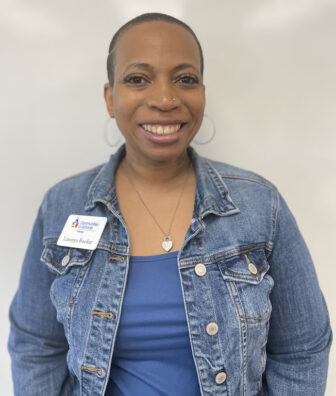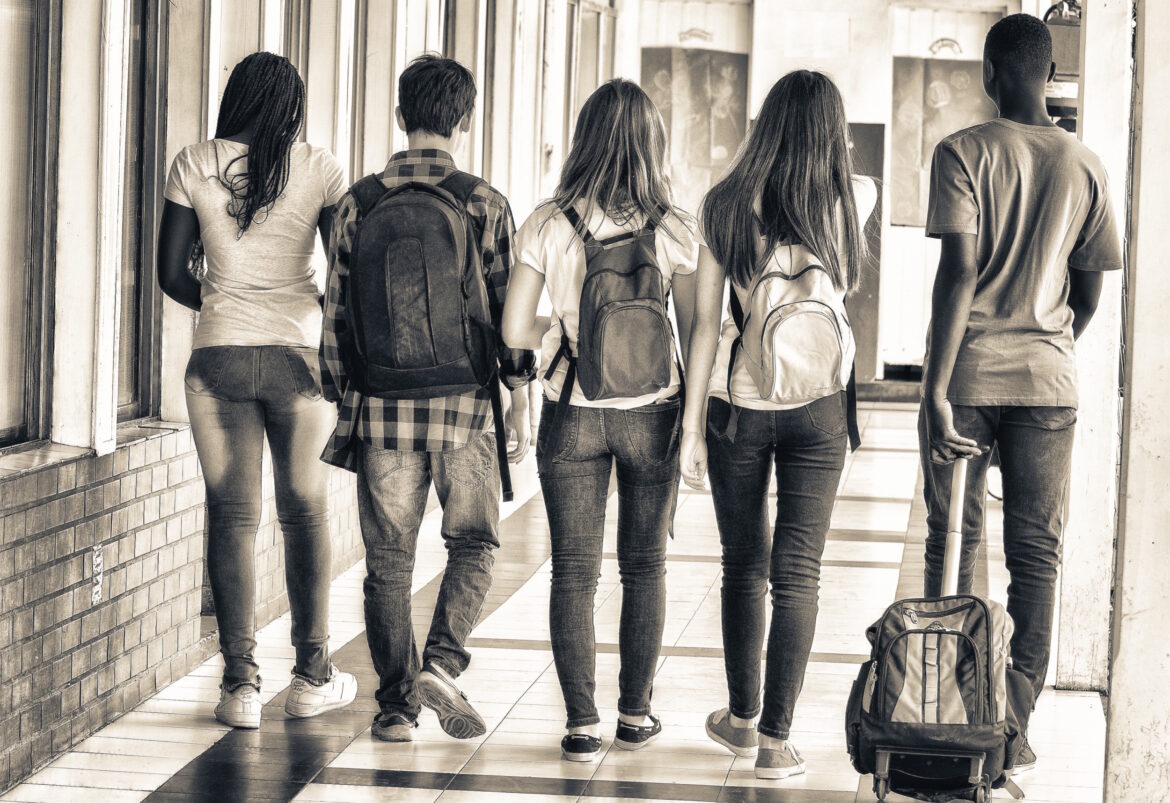This story was originally published by Chalkbeat.
![]() My first job after high school was working in the cafeteria at an elementary school located between Chicago’s West Garfield Park and North Lawndale neighborhoods. When you say the names of those communities, they may evoke negative images. I get it. Both are neighborhoods with some of the city’s highest rates of gun violence. I don’t need to watch the news to know this. I grew up in North Lawndale and have lost friends and family on its streets.
My first job after high school was working in the cafeteria at an elementary school located between Chicago’s West Garfield Park and North Lawndale neighborhoods. When you say the names of those communities, they may evoke negative images. I get it. Both are neighborhoods with some of the city’s highest rates of gun violence. I don’t need to watch the news to know this. I grew up in North Lawndale and have lost friends and family on its streets.
In the spring of ninth grade, one of these murders changed my life. My cousin hosted a party at her Lawndale apartment to celebrate my good grades. Unfortunately, gang members who were denied entry to the party got mad and started shooting. My friend, who was a star athlete at Westinghouse High School, died in the crossfire. It saddens me to think of what he might have become had he lived.
Whatever may be happening outside the school walls, inside, I want students to feel safe.
My friend’s killing helped set me on a path of purpose. Back then, I didn’t have anyone who could help me make sense of what happened, so I became determined to be that person for other kids. After high school and college, I worked a variety of jobs in K-12 education, eventually becoming the dean of discipline at a charter school on Chicago’s West Side. But I felt like I wasn’t being true to myself since most of my time was spent handing out punishments when students didn’t follow rules. What I really wanted to do was help students heal from the trauma impacting their lives.
Finding my place

Courtesy of Communities In Schools of Chicago
Latonya Booker, a Student Supports Manager at Communities In Schools of Chicago.
So last year I took a job with the nonprofit Communities In Schools in Chicago, where I provide one-on-one counseling to students who need extra help academically and socially. I also work to connect families with resources, to bring speakers into the school, and to arrange for off-campus field trips. I would’ve been excited to do this job at any school, but when I learned it would be at the school where I held that first cafeteria job, it felt like a homecoming.
The needs of my students are great, as the school is located in a high-poverty neighborhood, where some 40% of households earn less than $25,000 a year and where community violence is all too common. These conditions take a toll on the kids I work with, more than a third of whom are chronically absent. Some have a hard time coming to class because they suffer from anxiety or PTSD symptoms; others need support – just like I did at their age – to process the killings of loved ones.
Family, friends, and former colleagues sometimes ask how I’m able to help children who’ve lost beloved family members to violence. I tell them it starts with relationship-building, and that sometimes means sharing my own stories. Because students know I can relate, they are more willing to let their guard down and open up about what’s standing in the way of their success. Often it has to do with the fear of violence and the trauma of losing a loved one. Together, we practice deep breathing techniques that they can lean on when they feel consumed by anger or sadness.
Teens poised for success
In a support group I lead, I developed an exercise called Me vs. Me, in which I challenge our middle school boys to read to the kindergarteners who look up to them. And in my Just Us Gurlz group, I bring together young ladies going through puberty to develop respectful relationships with each other — and themselves. I want them to move through their self-doubt and know that they are talented, beautiful, and poised for success.
Working through trauma can be a long and tangled process.
Whatever may be happening outside the school walls, inside, I want students to feel safe. It’s a team effort. Our security guard has worked the front desk for 37 years, knows everyone, and stays in contact with two of the school’s former principals who are now retired. Current students have followed in the footsteps of previous generations of their family who also learned here. Meanwhile, our current principal and assistant principal, who, to the delight of our young people, dressed as Ken and Barbie for Halloween, have walked alongside our students in peace marches and are a steady, caring presence in their lives.
Providing stability
I try to be a similar source of stability for my students. For example, when a young man I work with got into verbal altercations with his teacher, I reminded him that his teacher was someone’s mother. I asked if he would want someone talking to his own mom that way, which got him thinking. Slowly, his attitude improved, and he became more receptive to anger management strategies, including deep breathing and journaling.
He ended up having a solid year and his behavior improved in big ways. Earlier this academic year, I was surprised to find him standing in the hallway, sent out of class by his new teacher for misbehaving. He hid his face when he saw me but said emphatically: “I’m working on it, Ms. Booker!”
We would all do well to remember his words. Working through trauma can be a long and tangled process. Our young people are working on it every day, often more than we know.
***
Latonya Booker is a Student Supports Manager at Communities In Schools of Chicago.
Chalkbeat is a nonprofit news site covering educational change in public schools. Sign up for their newsletters here.
